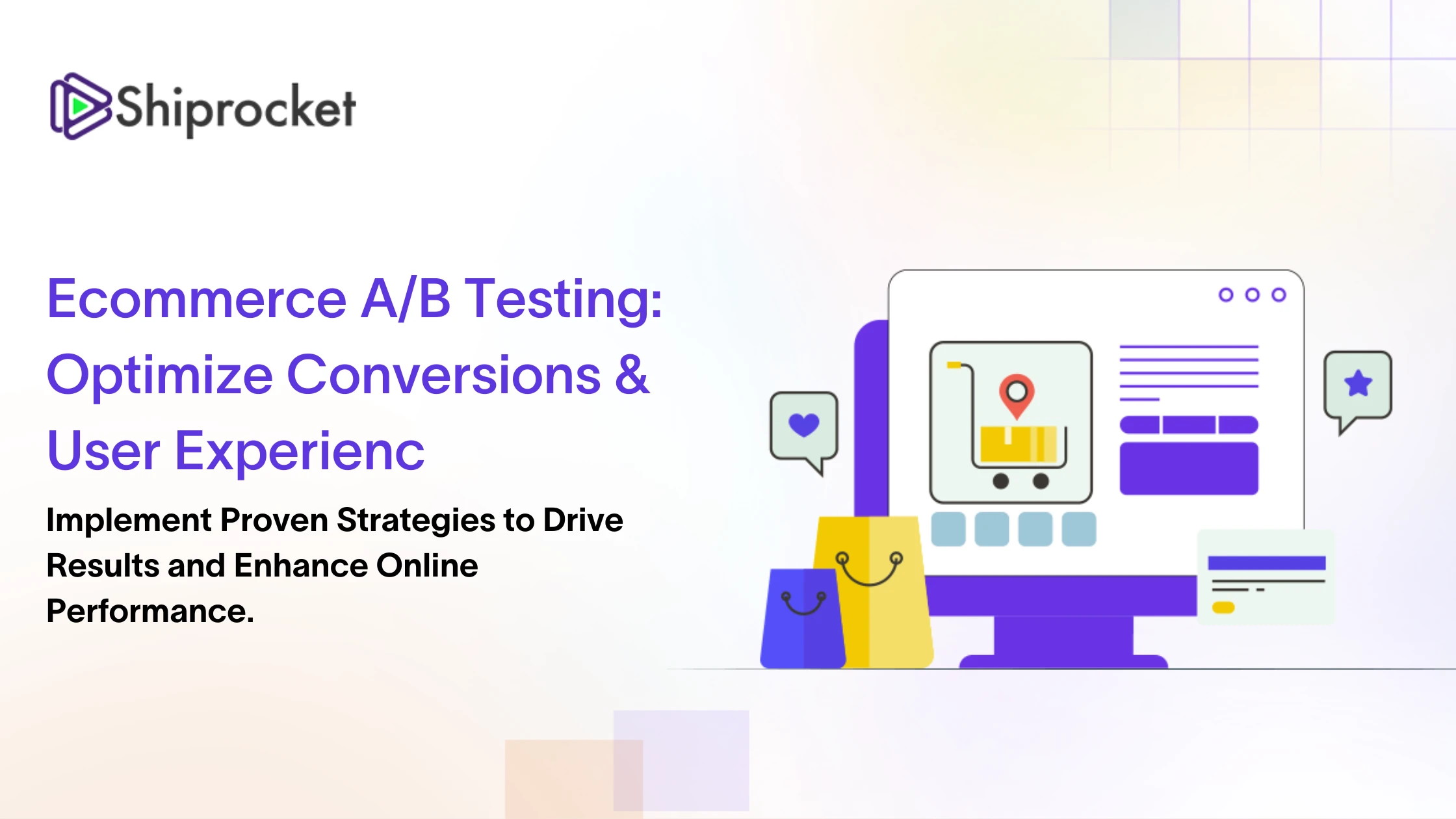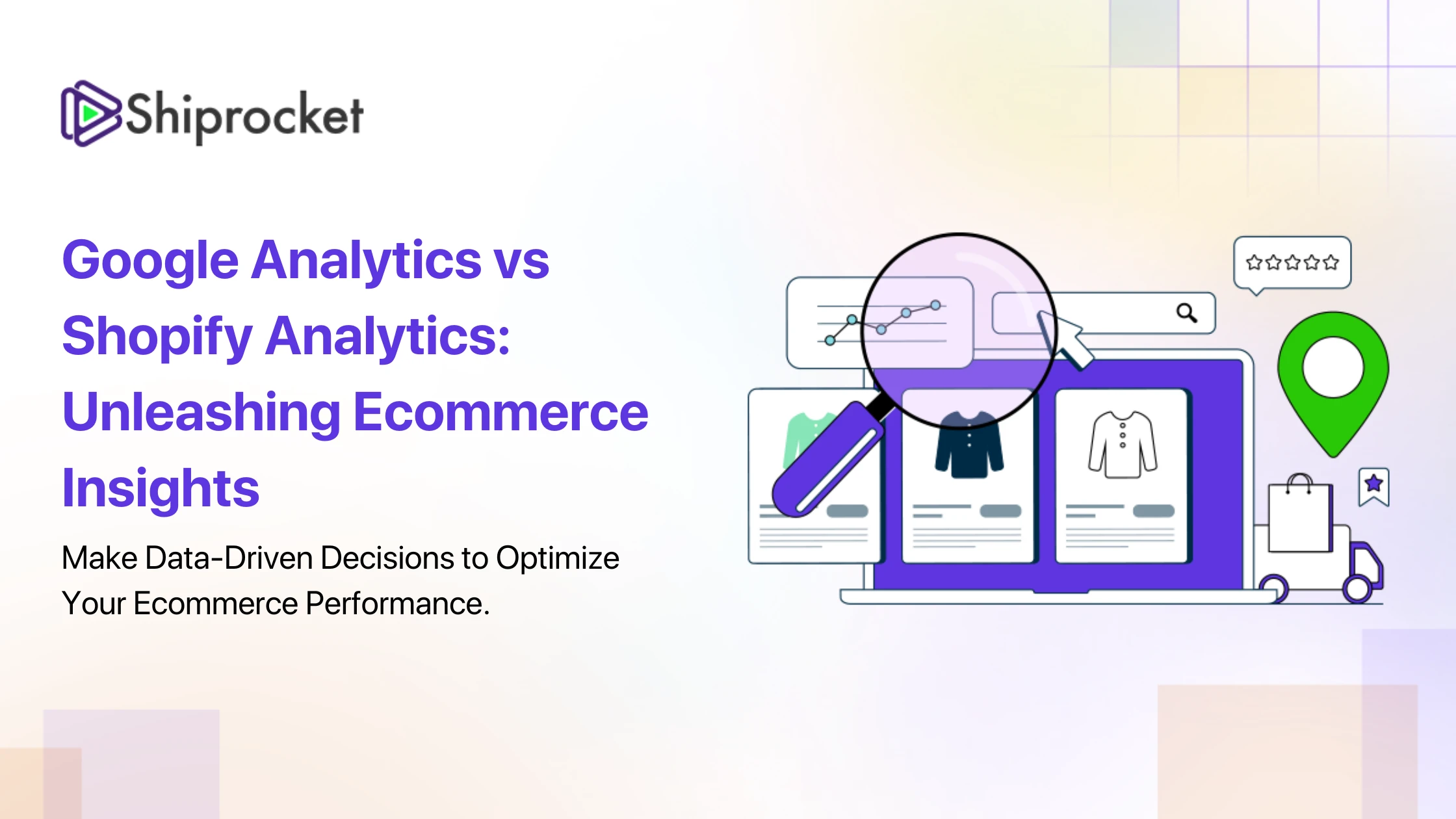SEO Best Practices for Ecommerce: Complete Checklist
In today’s digital marketplace, ecommerce businesses face unprecedented competition and rapidly shifting consumer behaviors. Mastering SEO best practices for ecommerce isn’t just about attracting visitors; it’s about creating a seamless shopping experience that drives engagement, builds trust, and ultimately converts prospects into loyal customers. Leveraging data-powered insights and seamless integration with modern logistics platforms can empower businesses to scale while saving time and reducing operational complexity.
Understanding Ecommerce SEO
Ecommerce SEO is a specialized discipline focused on optimizing online stores to perform better on search engine results pages. Unlike traditional SEO, ecommerce SEO addresses unique challenges such as managing vast inventories, optimizing product pages, and ensuring an intuitive user experience. Research by Search Engine Journal shows that 93% of online experiences begin with a search engine, emphasizing the importance of refined SEO strategies. This approach involves crafting targeted content, executing strategic technical setups, and maintaining robust backlink profiles that together amplify your online presence.
For instance, a mid-sized online retailer using a centralized shipping aggregation platform saw a 35% improvement in organic traffic after reworking their URL structure and incorporating long-tail keywords such as seo for ecommerce and online store SEO techniques. This real-world example demonstrates how data-powered strategies not only enhance search visibility but also contribute to operational excellence by reducing manual errors and streamlining order management through tools like seamless integration APIs.
A Comprehensive SEO Checklist for Ecommerce
A. On-Page SEO
On-page SEO is the cornerstone of elevating your ecommerce site’s rankings. Begin with crafting compelling title tags and meta descriptions that naturally incorporate targeted keywords. For example, terms like seo for ecommerce and ecommerce search engine optimization should be embedded seamlessly. This not only appeals to search engine algorithms but also offers prospective customers clear value propositions regarding cost savings and scalability.
Ensure your product descriptions are detailed, engaging, and keyword-rich. By integrating phrases such as improve ecommerce SEO and online store SEO techniques, you can provide both search engines and shoppers with relevant, valuable insights. A case study from a fashion retailer indicated that well-crafted product descriptions led to an average 20% increase in conversion rates.
Another essential element is having a clean, logical URL structure. Optimized URLs that are short and keyword-focused improve not only navigation but also dwell time, contributing to better search rankings. Implement effective internal linking to allow visitors to seamlessly move between related products and informational pages, reinforcing a customer-centric journey that builds trust and encourages repeat visits.
B. Technical SEO
The technical health of your ecommerce website underpins every aspect of your SEO strategy. Speed is paramount; a fast-loading site reduces bounce rates and enhances user experience, particularly on mobile devices where a significant share of ecommerce traffic originates. Compress images, leverage browser caching, and streamline your code to meet these needs.
Mobile optimization has become indispensable. A responsive site that adapts flawlessly to different devices not only improves user experience but also boosts mobile search rankings—a crucial factor for businesses targeting an omnichannel audience. Utilizing modern frameworks that support responsive design is highly recommended.
Implementing schema markup is another powerful tactic, enabling search engines to better comprehend your content and display rich snippets, which can significantly boost visibility. Coupled with a secure website (HTTPS), this strategy protects customer data and reinforces credibility—a vital requirement in partner-driven logistics and tech solutions.
An additional technical strategy is using structured data for product listings and reviews, which can be particularly helpful for ecommerce sites leveraging user-generated content. Real-life examples show that sites using schema are roughly 30% more likely to be featured in rich results, driving enhanced user engagement and trust.
C. Content Marketing
Content marketing is a dynamic component of ecommerce SEO that drives both organic traffic and customer engagement. Maintaining an active blog that covers emerging ecommerce trends, technology innovations, and case studies can establish your site as an industry expert. Businesses find value in sharing success stories where solutions like centralized order management and discounted shipping rates have streamlined operations and cut costs.
Encourage user-generated content such as reviews, testimonials, and social media posts. Not only do these gestures offer social proof, but they also foster a sense of community and reliability among users. Including multimedia content—images, videos, and infographics—not only enhances engagement but also simplifies complex logistics discussions for non-tech-savvy audiences.
Content should also reflect the platform’s unique value propositions such as omnichannel marketing capabilities and API integrations with systems like Shopify and WooCommerce. This not only emphasizes technological innovation but also assures potential clients of tangible benefits like streamlined operations and operational cost reduction.
D. Off-Page SEO
Off-page SEO is about extending your reach beyond your website. Effective backlink building strategies involve acquiring high-quality links from reputable sources, which signal to search engines that your content is trustworthy and authoritative. A diversified link profile can be achieved by contributing guest posts, engaging in industry forums, and collaborating with relevant influencers.
Incorporate social media engagement into your strategy. Posting engaging content, participating in trending discussions, and sharing customer success stories can enhance brand visibility and drive organic traffic to your site. Companies that integrate social media with their SEO strategies often experience a multiplier effect on their online presence.
Lastly, consider forming strategic influencer partnerships with industry thought leaders. Collaborations can broaden your audience, enhance credibility, and drive targeted traffic, all of which underscore the benefits of using a shipping aggregation platform and simplified order management systems to optimize the ecommerce experience.
Expert Tips for Ecommerce SEO
Long-tail keywords are incredibly effective in drawing in qualified traffic. Focusing on specific phrases tailored to your product range can significantly boost conversion rates. For example, targeting keywords such as ecommerce SEO guide and boosting ecommerce visibility not only enhances organic reach but also helps in positioning the brand as a tech-savvy industry leader.
SEO experts advise staying abreast of the latest search engine algorithm updates. Regular content refreshes and digital audits are essential to uncover and remedy issues potentially hampering performance. A data-powered, agile approach ensures that even as digital landscapes evolve, your ecommerce site remains optimized both for search engines and end-users.
Consider leveraging advanced tools that offer comprehensive SEO analytics. These tools provide insights into site performance, keyword rankings, and competitor strategies, enabling you to make informed decisions that align with your growth and cost-saving objectives. Additionally, incorporating omnichannel marketing strategies strengthens customer engagement by connecting with audiences across various digital platforms.
Actionable Takeaways
-
Regularly update your product listings with fresh, keyword-optimized content while ensuring timely inventory updates through seamless integration.
-
Optimize all images with descriptive alt text and filenames reflective of targeted keywords to improve both accessibility and search visibility.
-
Conduct routine SEO audits to detect and resolve technical issues, ensuring your site remains fast, responsive, and secure.
-
Leverage user-generated content and social proof to build trust and enhance overall engagement with your ecommerce platform.
-
Integrate influencer partnerships and strategic content marketing to expand your reach and solidify your brand authority in digital commerce.
Frequently Asked Questions
Q: What are the best practices for improving ecommerce site rankings?
A: Focus on a comprehensive approach involving on-page optimization, technical enhancements, strategic content creation, and robust backlink building. Ensuring mobile responsiveness, fast loading times, and a secure website further contribute to improving ecommerce site rankings.
Q: How can I optimize my online store for search engines?
A: Optimize your store by refining your URL structure, enriching product descriptions with strategic keywords, and ensuring swift loading times on both desktop and mobile devices. Regular content updates and thorough internal linking practices are also essential.
Q: What are the most effective ecommerce SEO techniques?
A: The most effective techniques include an integrated mix of on-page, technical, and off-page SEO strategies. Utilizing schema markup, mobile optimization, high-quality backlinks, and engaging content creation are proven methods to boost your site’s performance.
Q: How important are product descriptions for ecommerce SEO?
A: Product descriptions are extremely important. Detailed, keyword-rich descriptions not only serve search engines by providing essential context but also inform consumers, leading to higher engagement and conversion rates.
Q: How can I measure the success of my ecommerce SEO efforts?
A: Use analytics tools such as Google Analytics and SEMrush to track key performance metrics like organic traffic, bounce rates, and conversion rates. Monitoring these metrics over time can help you adjust strategies and measure ROI effectively.
Q: Which tools are best for managing and improving ecommerce SEO?
A: Tools like Ahrefs, Moz, and Google Search Console are excellent for tracking keyword performance, monitoring backlinks, and auditing site health. Additionally, platforms offering integrated order management and API connectivity, such as those provided by Shiprocket, can streamline operations while complementing your SEO efforts.
Conclusion
Integrating these SEO best practices into your ecommerce strategy can revolutionize your online store’s performance. By focusing on a balanced mix of on-page, technical, content, and off-page SEO, you not only enhance visibility but also create a customer-centric journey that drives engagement, conversions, and sustainable growth. Embrace data-powered strategies, continuously update your content, and leverage innovative technology solutions like centralized shipping aggregation and simplified order management to stay ahead in the competitive digital landscape.




